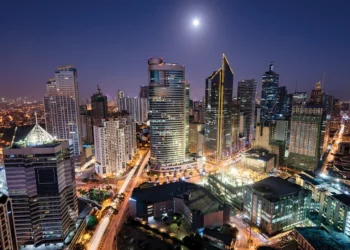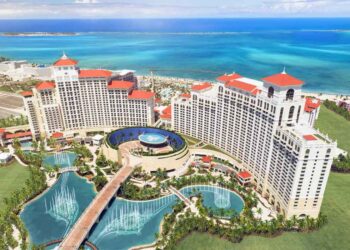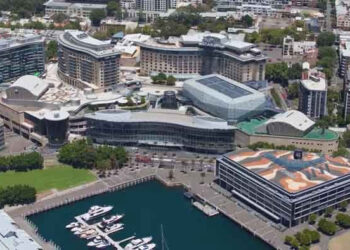The new management of the Philippine Amusement and Gaming Corporation (Pagcor) hints it will honour agreements made by the former national government with joint venture casino partners.
That’s thought to include a so-called ‘midnight deal’ done by former President Arroyo’s administration allowing Aruze Corporation title to land at an ‘Entertainment City’ by Manila Bay. The deal, in contravention of normal government policy regarding overseas investment, was brokered by former Pagcor chairman Efraim Genuino to ensure Aruze didn’t pull out of the scheme for an Okada Resort, including casino.
But incoming Pagcor chairman Cristino Naguiat indicates he wants Entertainment City to be heavier on general tourism than on casinos.
Jay Santiago, Pagcor’s new spokesman, said yesterday: “We have four proponents which have made commitments to start off construction on the Entertainment City, which is connected to the Bagong Nayong Pilipino.
“We are in the process of reviewing the contracts they’ve entered into, the business models that have been proposed, and we’re looking at the lay-out of the project. Chairman Naguiat wants it to be more of a tourist attraction rather than a gambling destination.”
There had been some speculation that even the already built and running Resorts World Manila casino and hotel project opposite Manila International Airport would be up for discussion in the wide ranging review of gaming policy ordered by the new national president Benigno Aquino. Resorts World Manila is a joint venture between Genting Hong Kong (formerly Star Cruises) and Alliance Global Group, a local conglomerate specialising in real estate development. Sources in the Philippines say although the Resorts World deal may be looked at, it’s highly unlikely that the government would order it to close given that it’s now an important tourist facility in the capital.
Alleged irregularities in Pagcor’s books are still under close scrutiny, including a bill for a reported P21.1 million fast food (USD460,000) order for policemen during rallies and demonstrations. Given that there only reportedly 15,000 officers in the Philippine National Police, that would amount to a minimum of USD30.60 being spent per officer. That’s a lot of fried chicken.






























